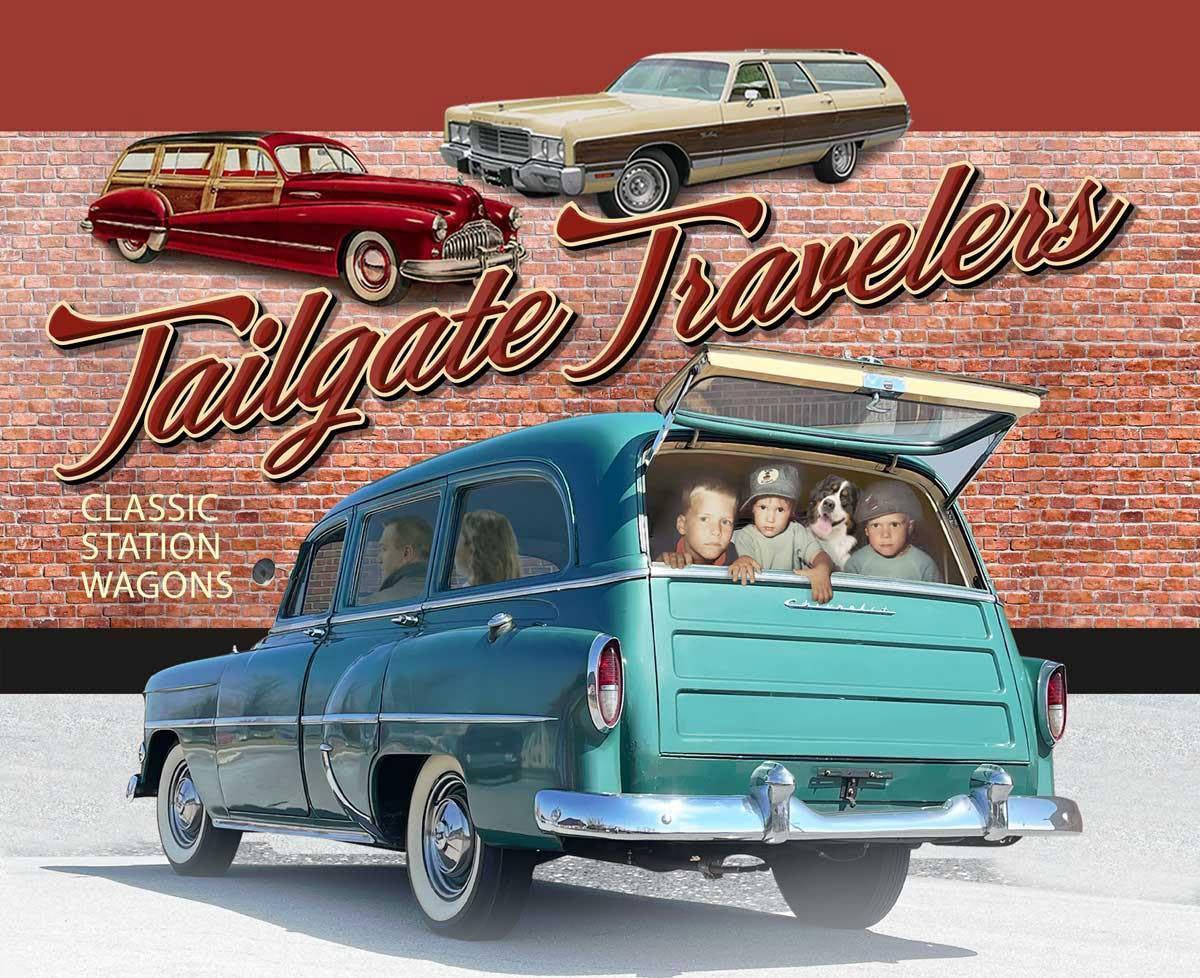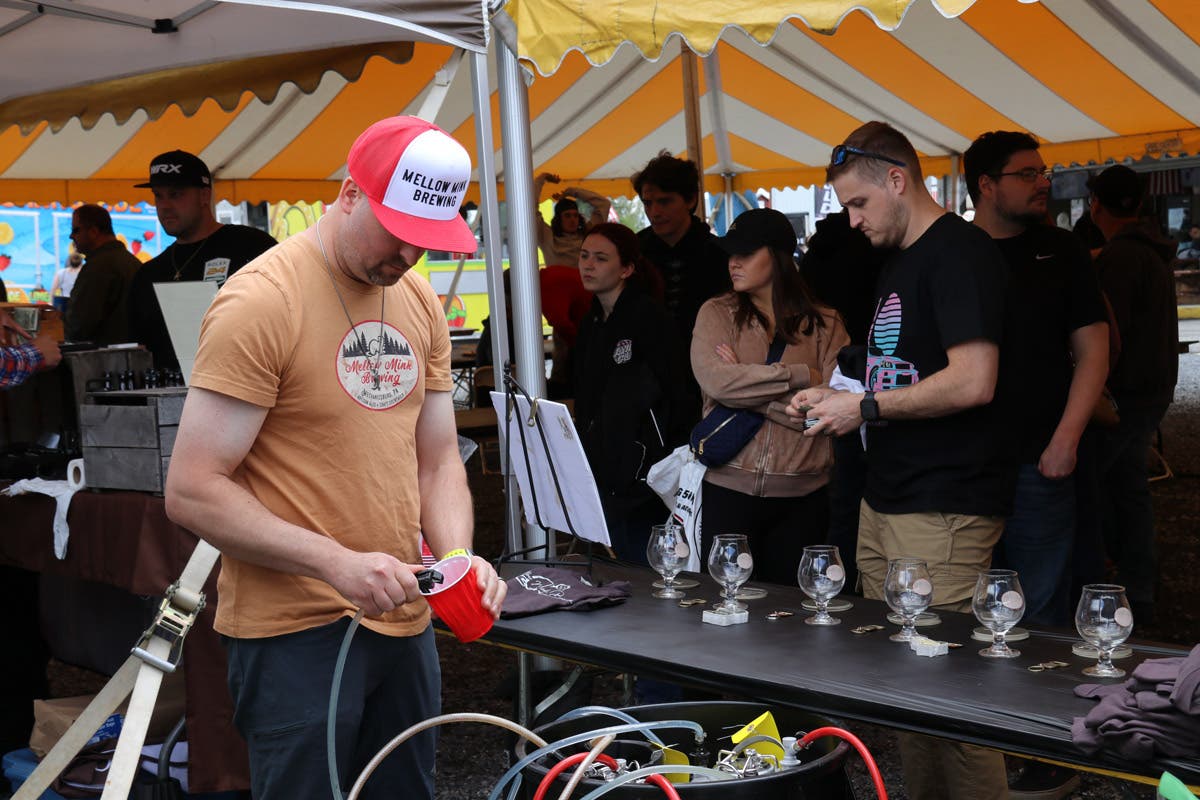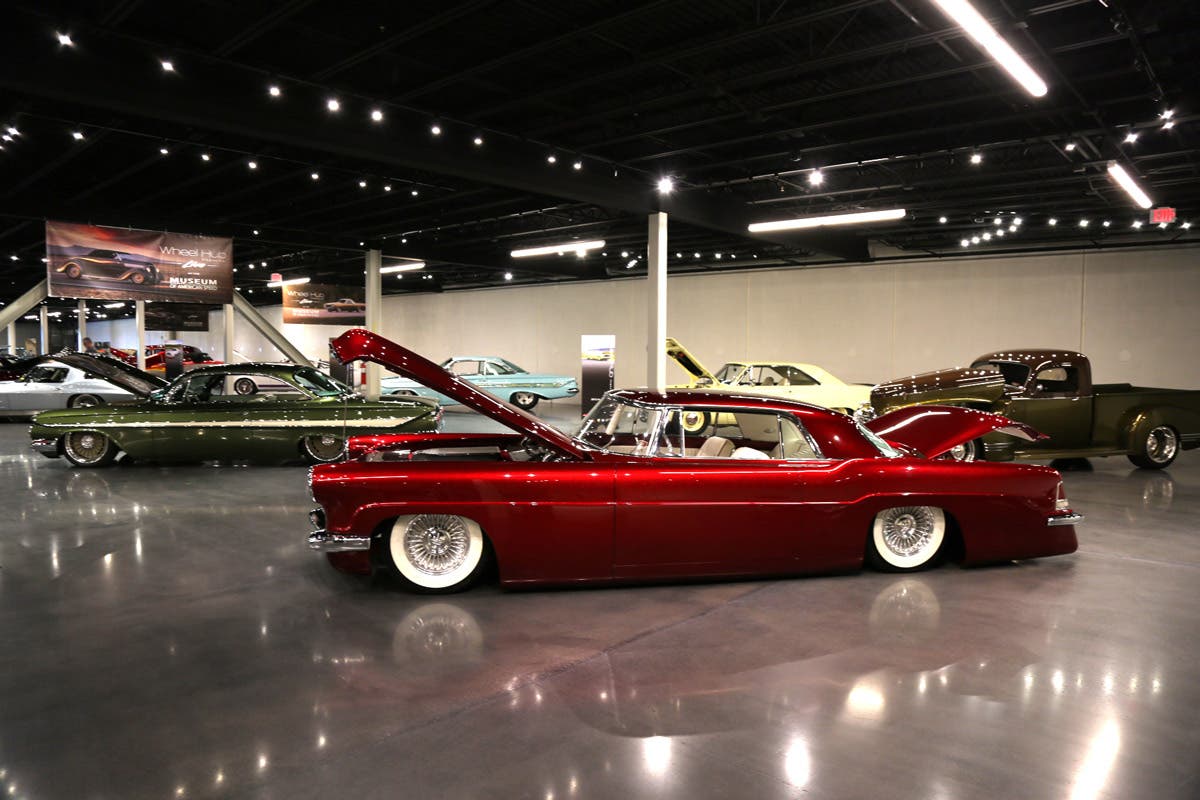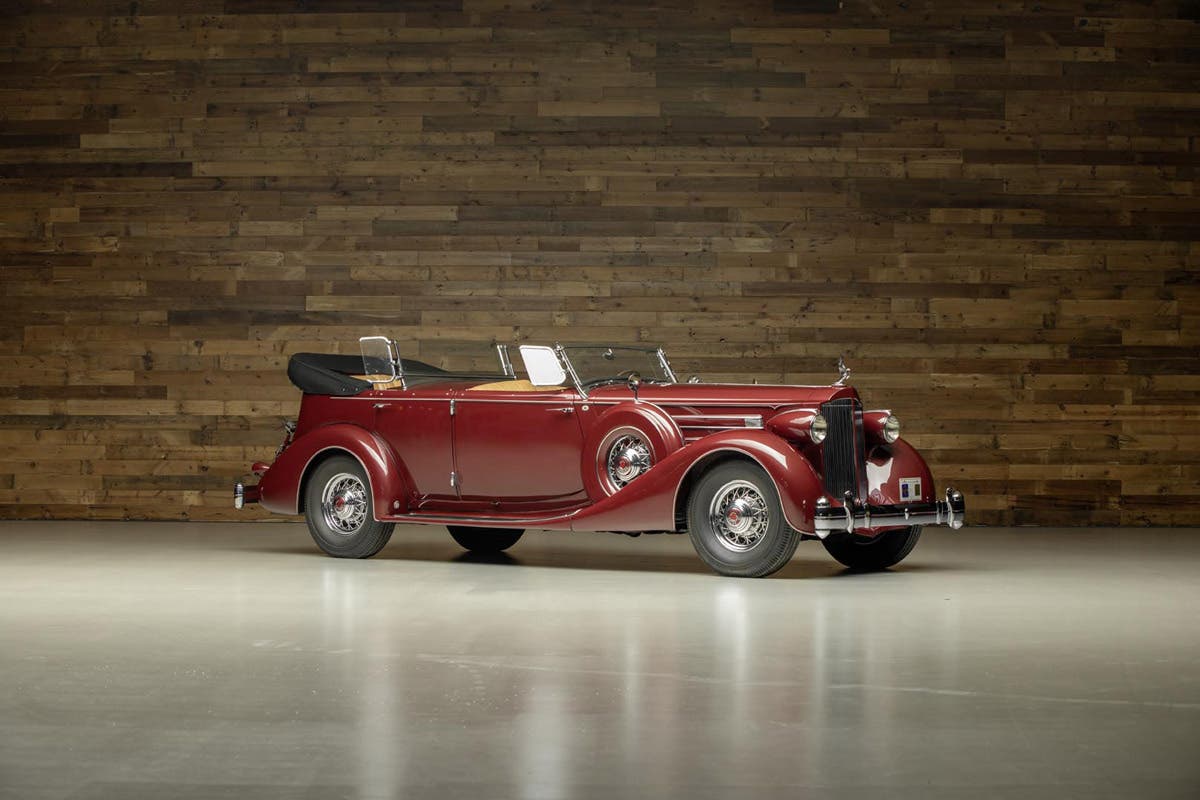Remembering Leo Gephart: A driving force in the hobby
On April 17, the hobby lost one of the men who made car collecting what it is today. It was Leo Gephart who was the driving force to creating auctions…
On April 17, the hobby lost one of the men who made car collecting what it is today. It was Leo Gephart who was the driving force to creating auctions in Arizona every January and Auburn, Ind., each Labor Day weekend. Gephart was also the man who brought professional vehicle transport services to the hobby. Although a business man best known for selling vintage cars, it was Gephart's love for old iron that inspired him to inadvertently create the foundation for the hobby as we know it today.
“There was Tiny Gould in the east, Bob Adams in the Midwest and in the west was Leo Gephart,” said Joe Bortz, Gephart’s longtime friend. “All three were gentlemen — honest and highly trusted — and they worked together.”
As Bortz tells it, Gephart was more than a car dealer — he, like Gould and Adams, loved the cars they dealt in.
“They were really car collectors and on the side they had a business: Leo with his Duesenbergs, Tiny with his race cars and Donnie with his Packards."
Indeed, Gephart had owned more than 80 Duesenbergs during his career in selling vintage cars, according to an article in the April 3, 2008, issue of Old Cars Weekly. He also loved early V-8 Fords, and was featured with one of his latest V-8s, a 1936 Ford Tudor bodied in stainless-steel by Allegheny Ludlum, in the Summer 2010 issue of Old Cars Weekly's Guide to Auto Restoration.
Gephart drove down a long path of cars and business decisions before he ever sat behind the wheel of that stainless-steel Ford. In fact, Duesenbergs and flathead Fords were just used cars when Gephart began selling Duesenbergs in the mid 1950s from his Ohio home. His buying and selling through the 1960s and 1970s helped him realize there was not a professional company dedicated to hauling old cars, because an ICC permit was needed to commercially transport cars. Gephart decided to organize collector car transporting when a friend of his with an ICC license retired and sold his trucking company. Around that time, Gephart saw a 1940 Packard advertised in St. Louis, so he contacted Bob Pass, who said he would drive the Packard to Gephart in Ohio if he bought it.
Gephart and Pass hit it off, and shortly thereafter, Pass and his brother purchased the trucking business from Gephart to form Passport Transport. The rest is history.
Since Gephart was heavy into collecting and trading Duesenbergs, he knew the Auburn Cord Duesenberg Club was also looking for a way to raise funds to support its annual Labor Day weekend reunion in Auburn, Ind. Gephart then met with Russell Kruse, who had a state auction license in Indiana, and the two started a collector car auction simultaneously with the Auburn Cord Duesenberg Club Reunion. Their first auction was held behind the Dairy Queen in Auburn, and now the auction has grown to have its own complex.
After a few years of working with Kruse, Gephart began conducting auctions of his own around the country. The name of his auction company was Auction America, and the company’s first successful sale was held near Tampa with 800 cars.
Gephart later worked with Russ Jackson and the two started a giant January collector car auction in Scottsdale, Ariz., where Gephart and his wife kept a second home. Gephart soon sold his interest in the Scottsdale auction to Tom Barrett, and with Russ Jackson, the two formed the famous Barrett-Jackson auction without Gephart.
After getting out of the shipping and auction businesses, Gephart went back to his roots: selling collector cars through a dealership. It was a business he operated with his wife, Betty, until her passing in 1998.
“When he lost his wife, he was a very different person after that. They were a great couple,” Bortz said.
Despite the loss, Gephart kept at work from his Scottsdale business. The Duesenbergs in Gephart’s inventory became fewer, but there was always old iron around, even if it represented budget collector cars at the opposite end of the spectrum.
“The last time I was in his office, Leo had his desk stacked probably a foot and a half high with leads,” Bortz recalled. “I said, ‘I just want to buy the paper stack on your desk – there must be all kinds of leads in there for great cars.’”
Although Gephart has only been gone for days, Bortz laments his loss for the future of the hobby.
“The way I look at Leo Gephart is the way we would look at the founders of the United States: they weren’t perfect, but they were the beginnings and set up the tempo and the pace for what came later. They were the foundation for the future of the car hobby,” Bortz said. “They weren’t hard-core business men; they were guys doing business, but they weren’t looking to build a dynasty.
“Leo was the ‘last of the Mohicans,’ the last of them. This is a big loss to the hobby.”








